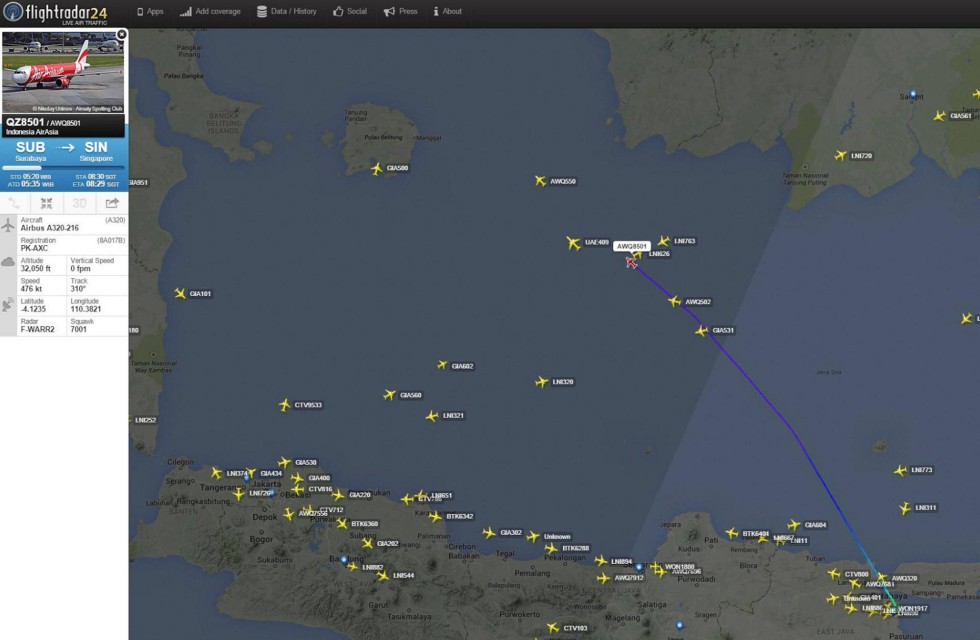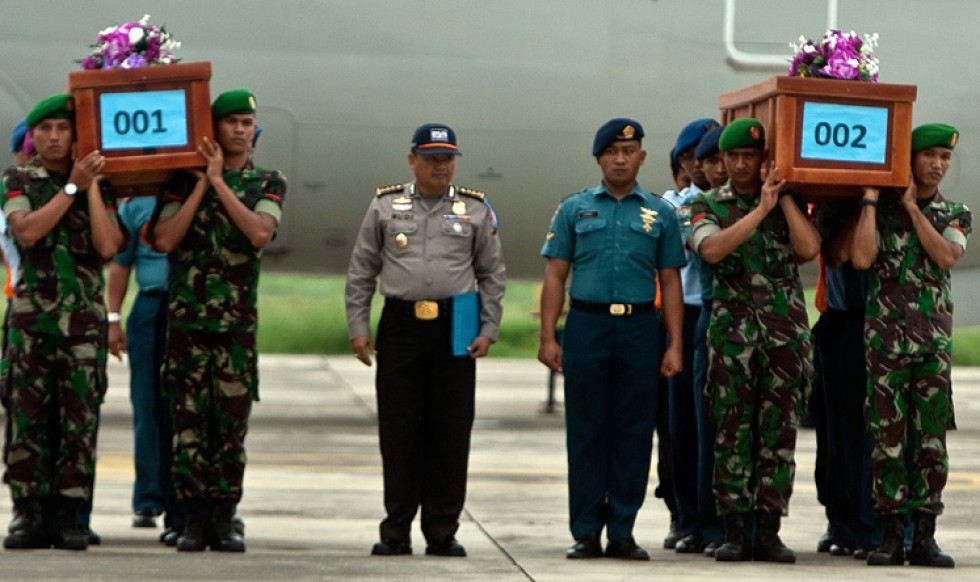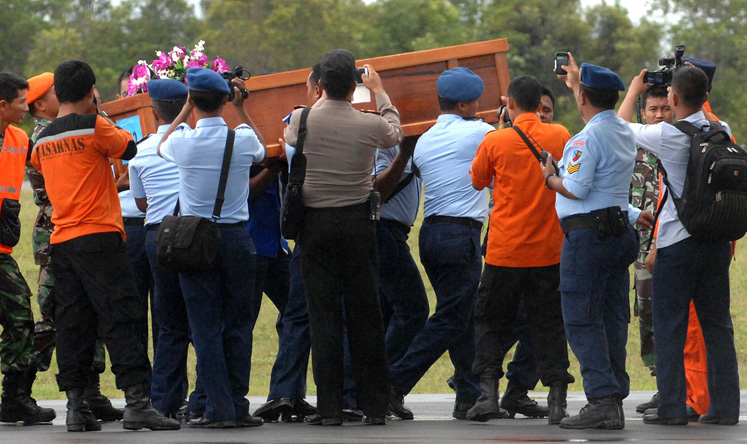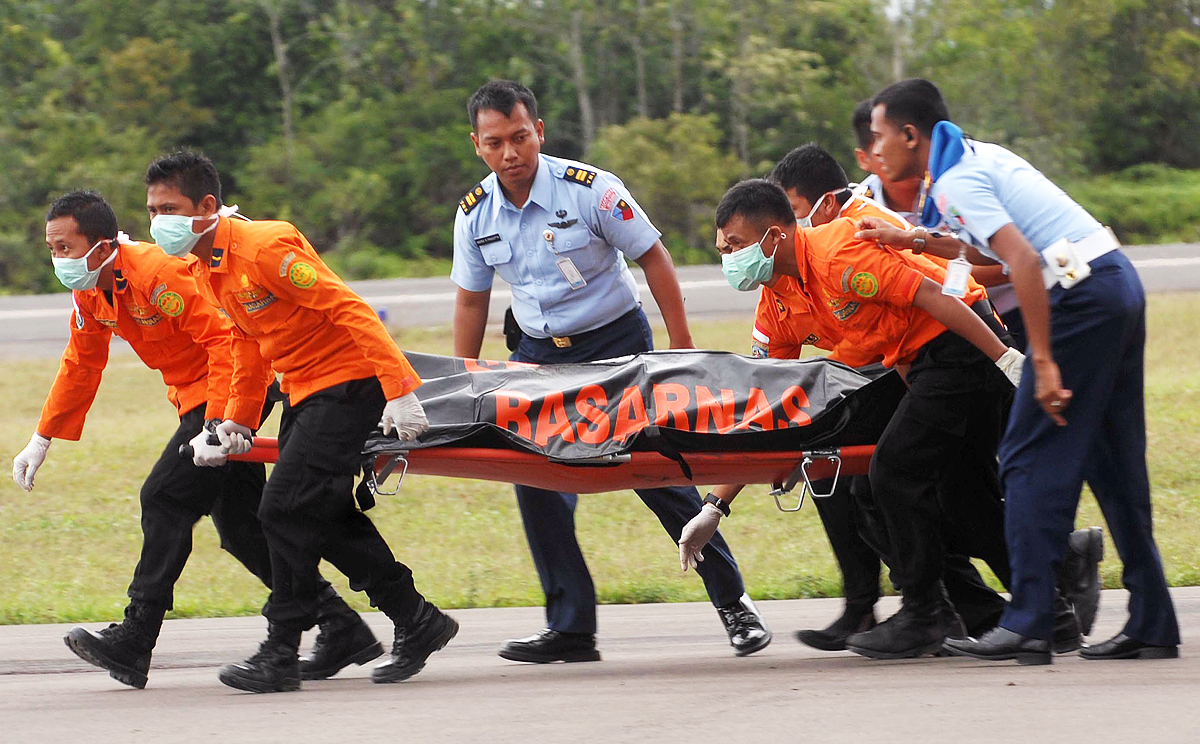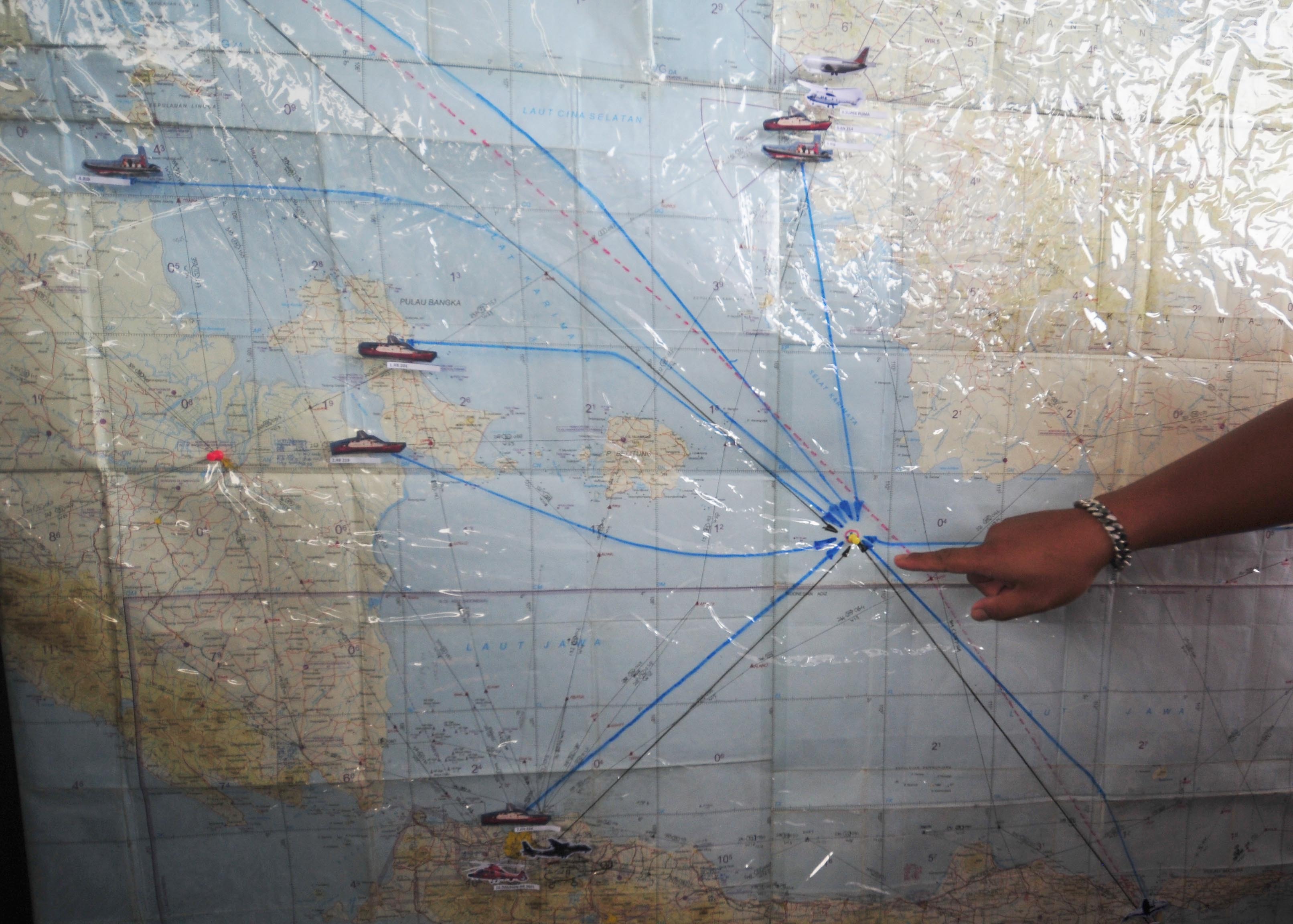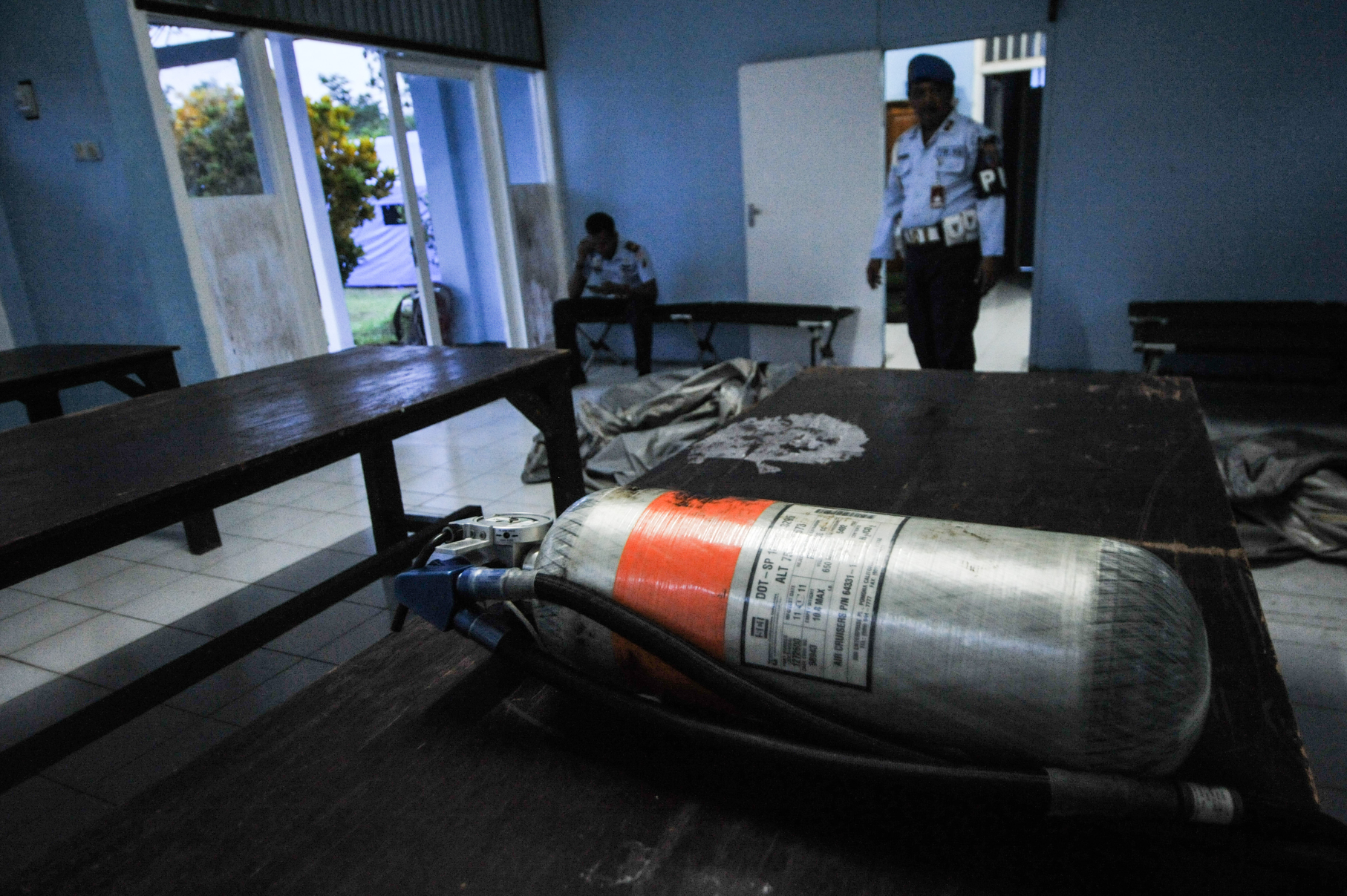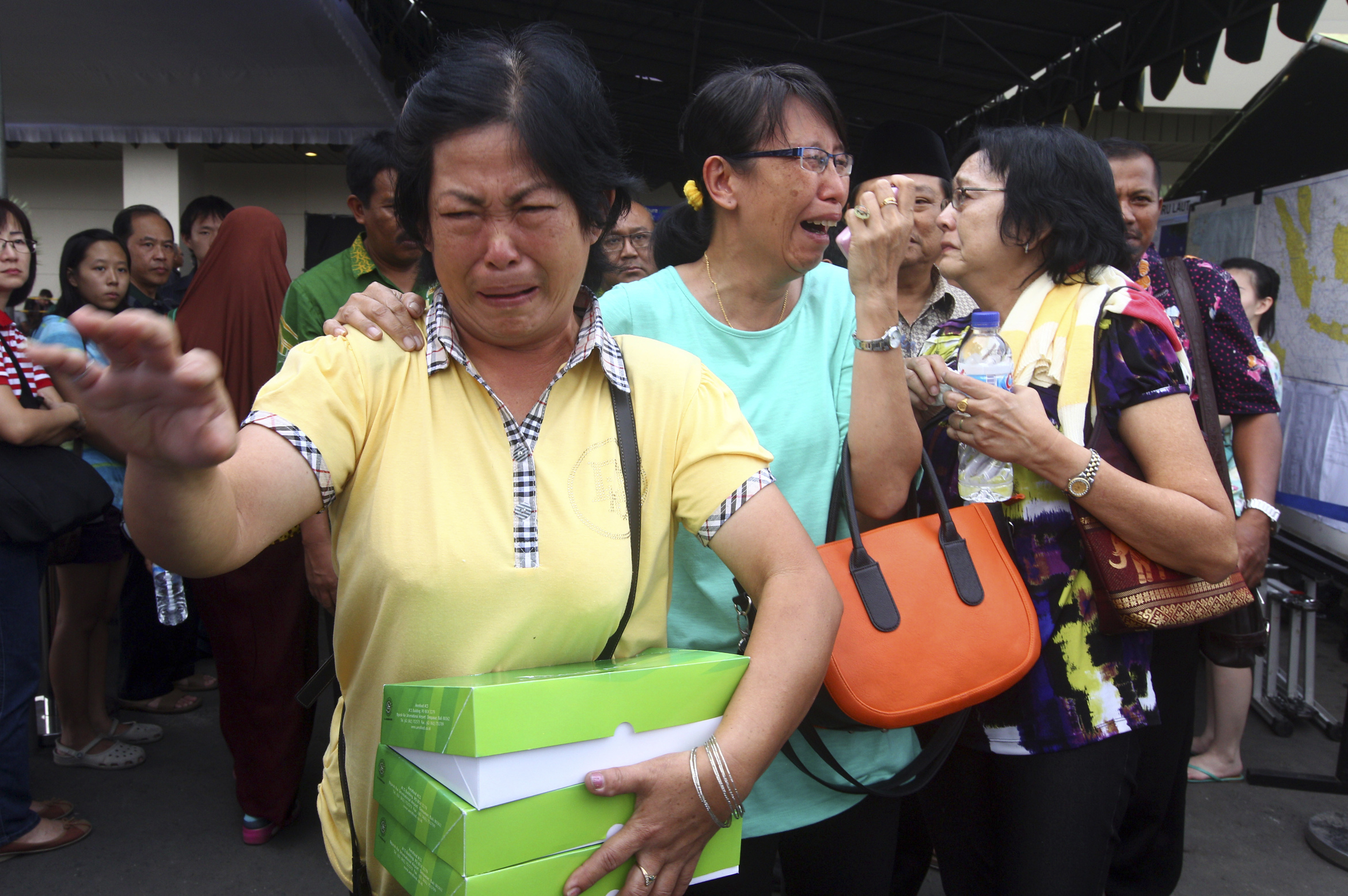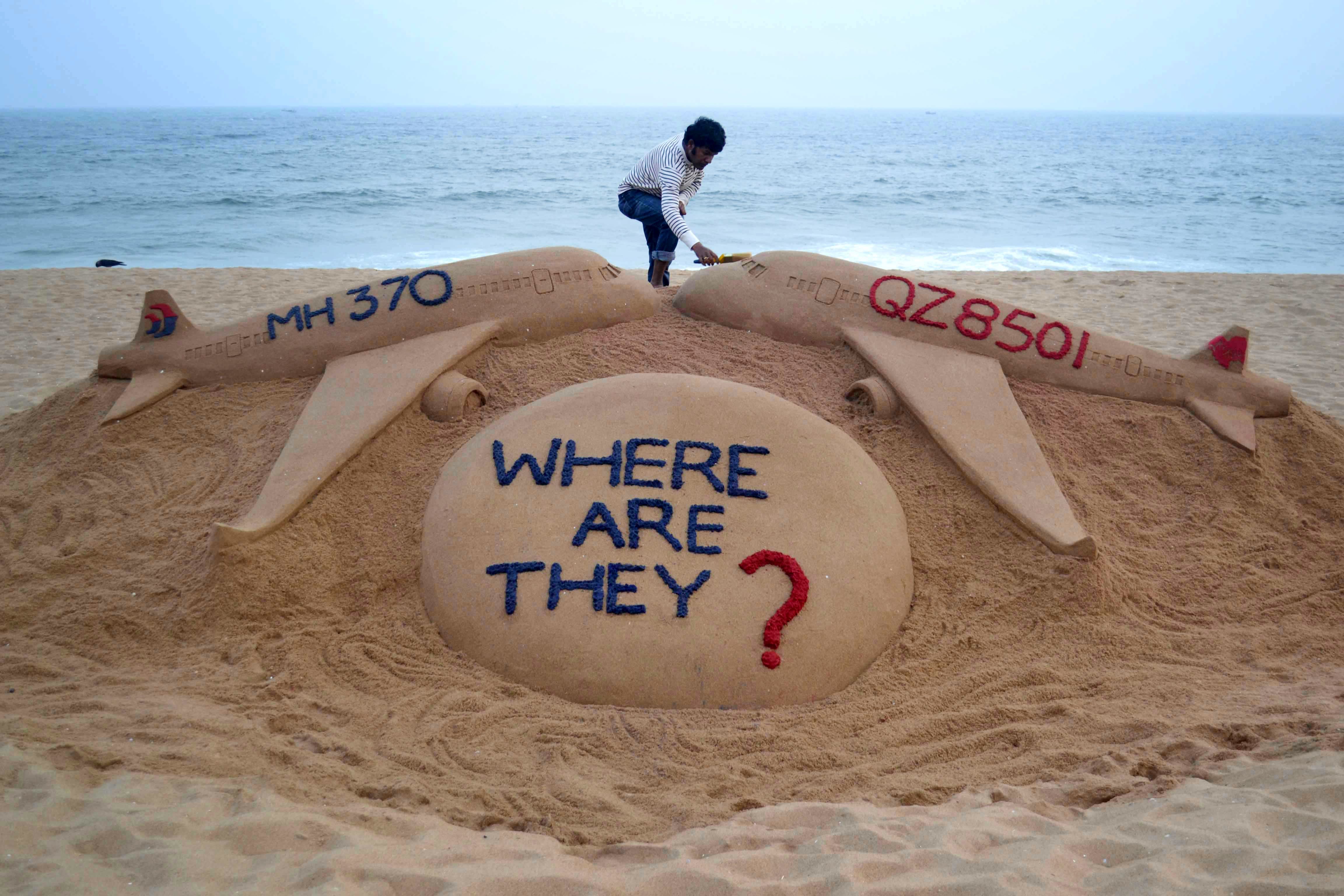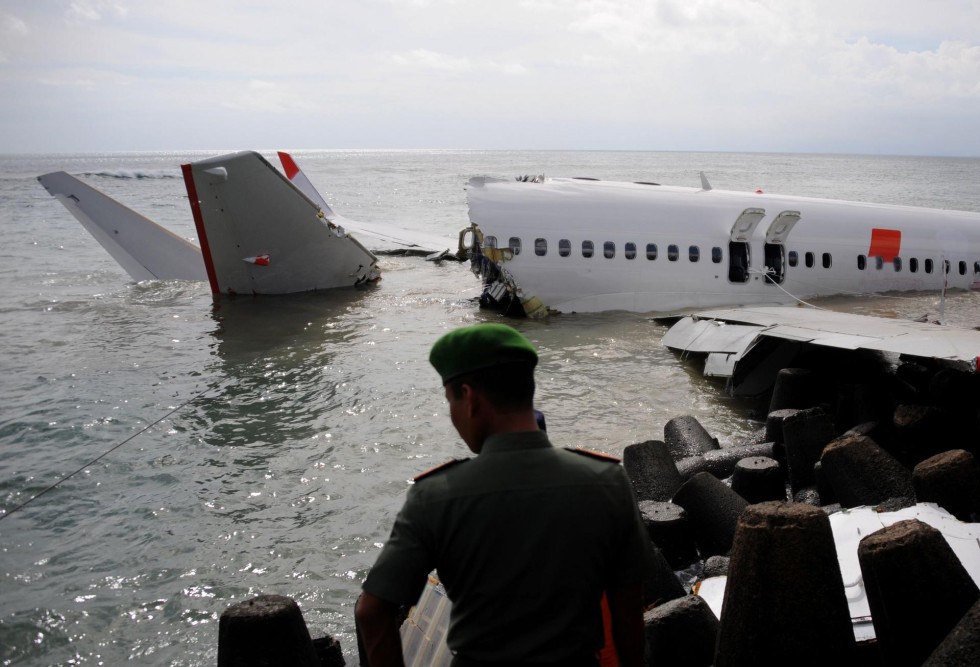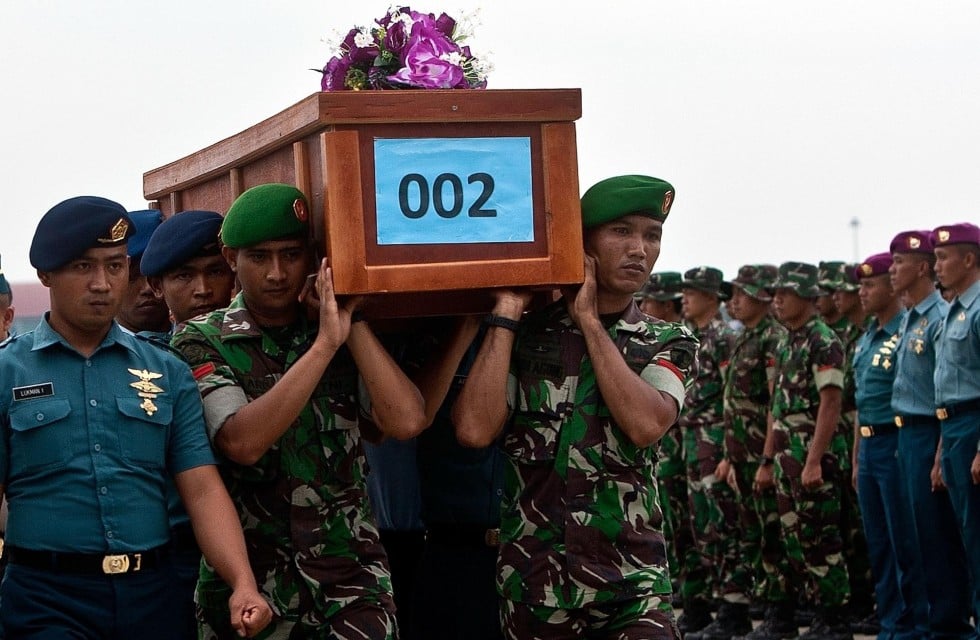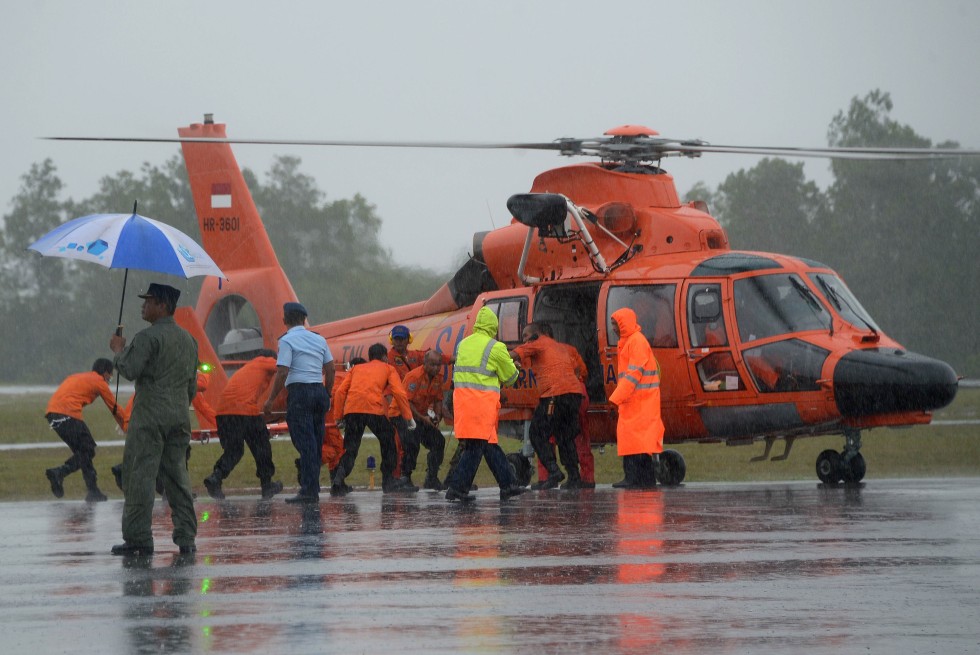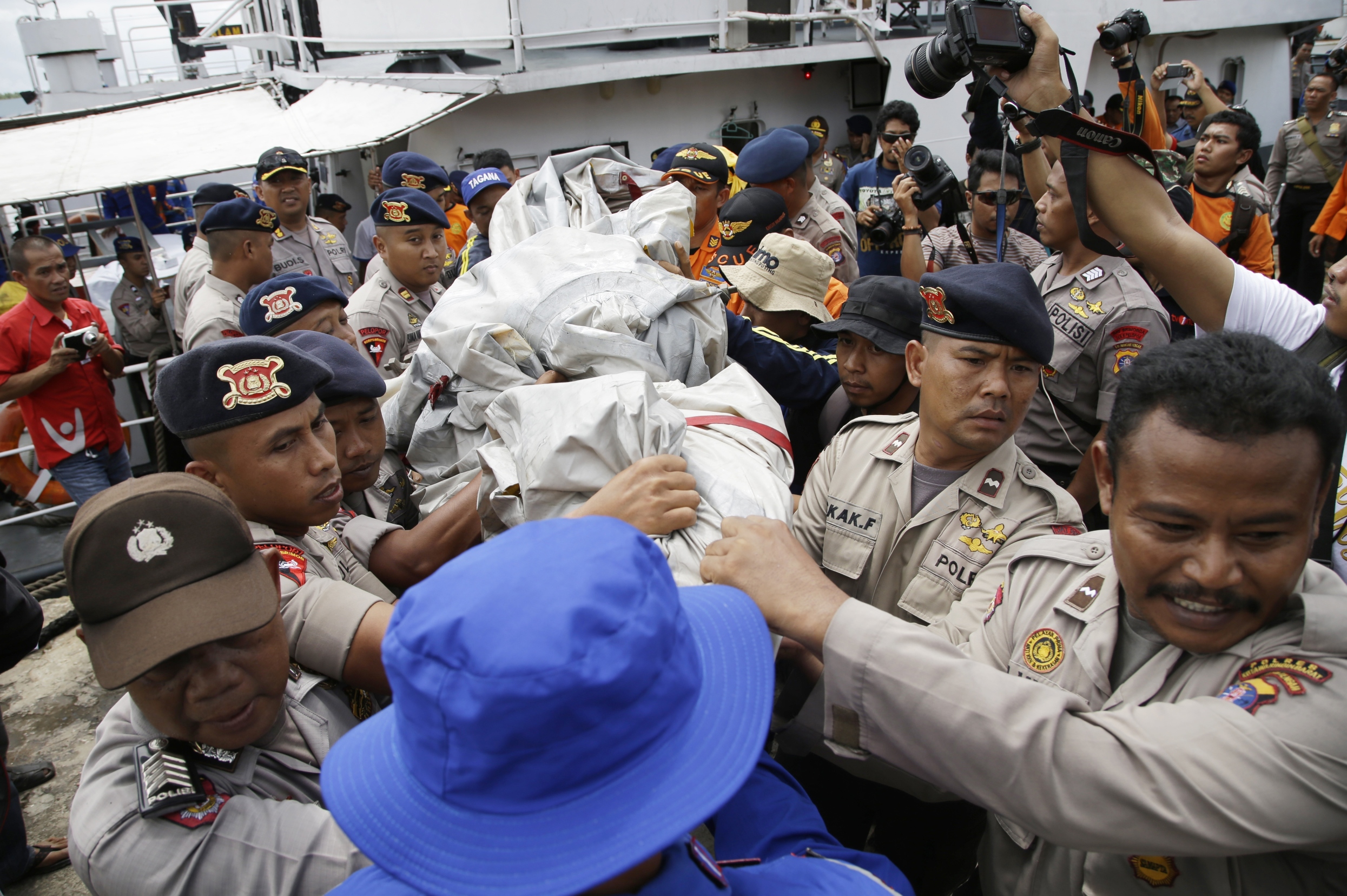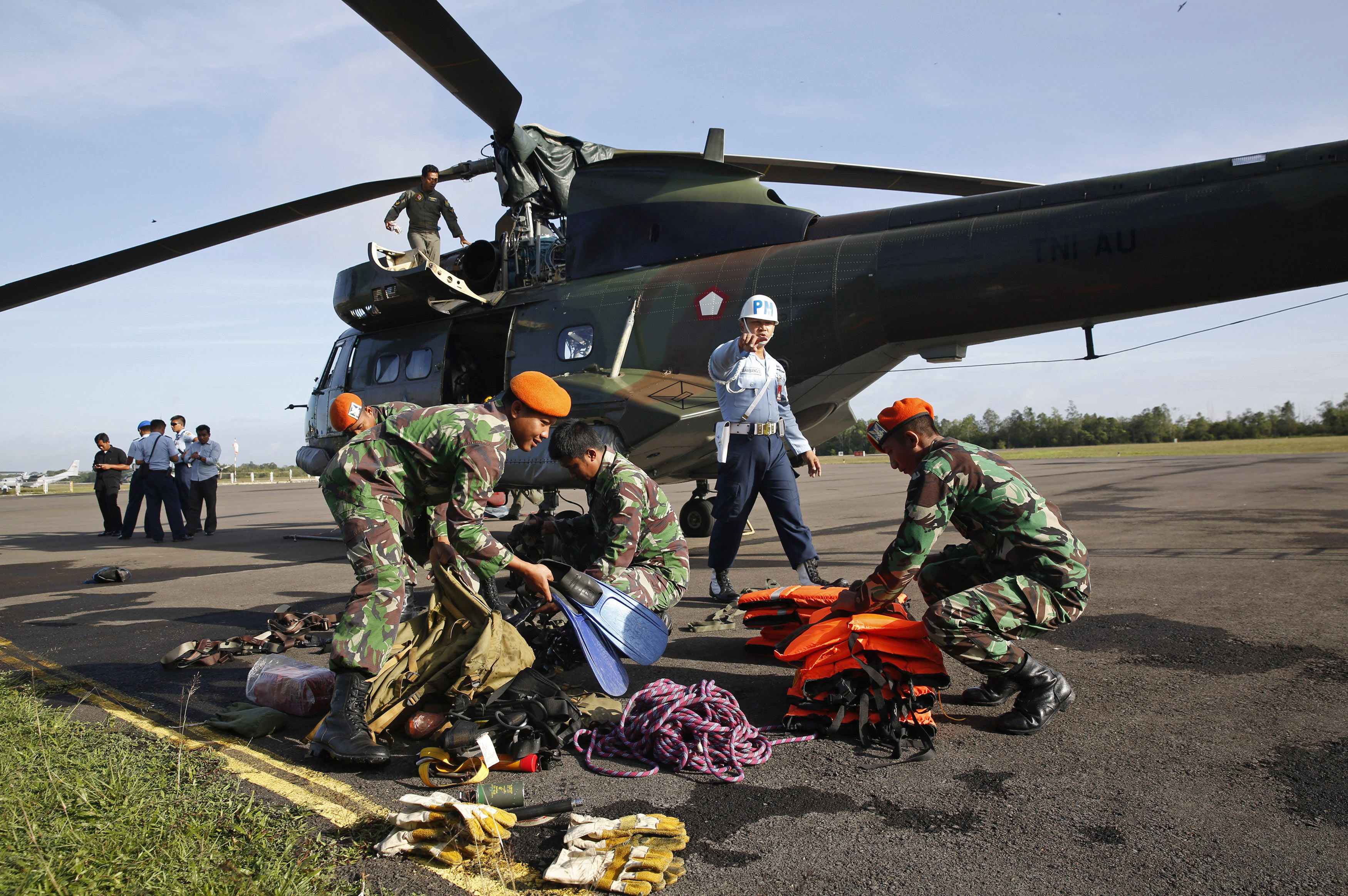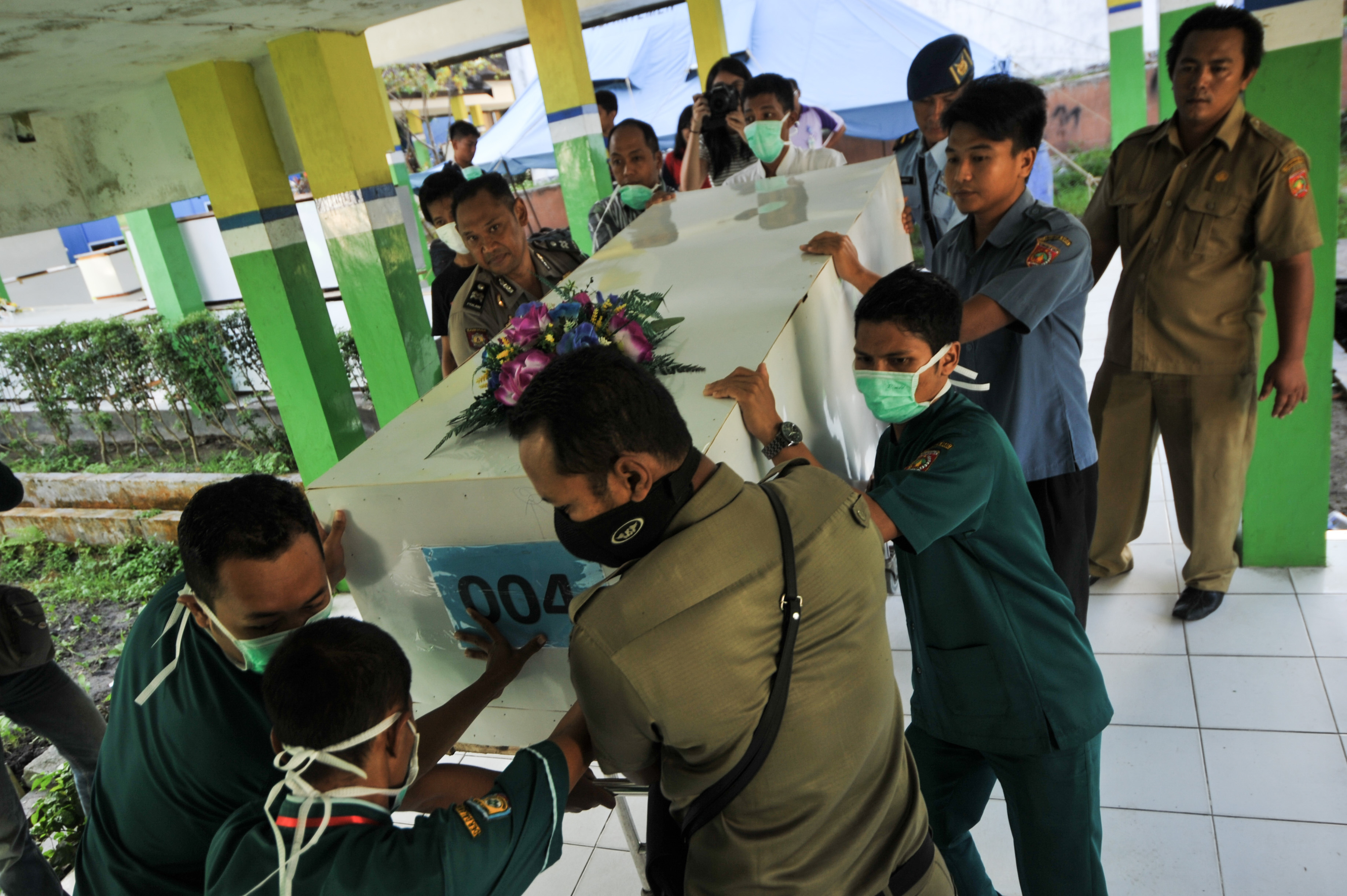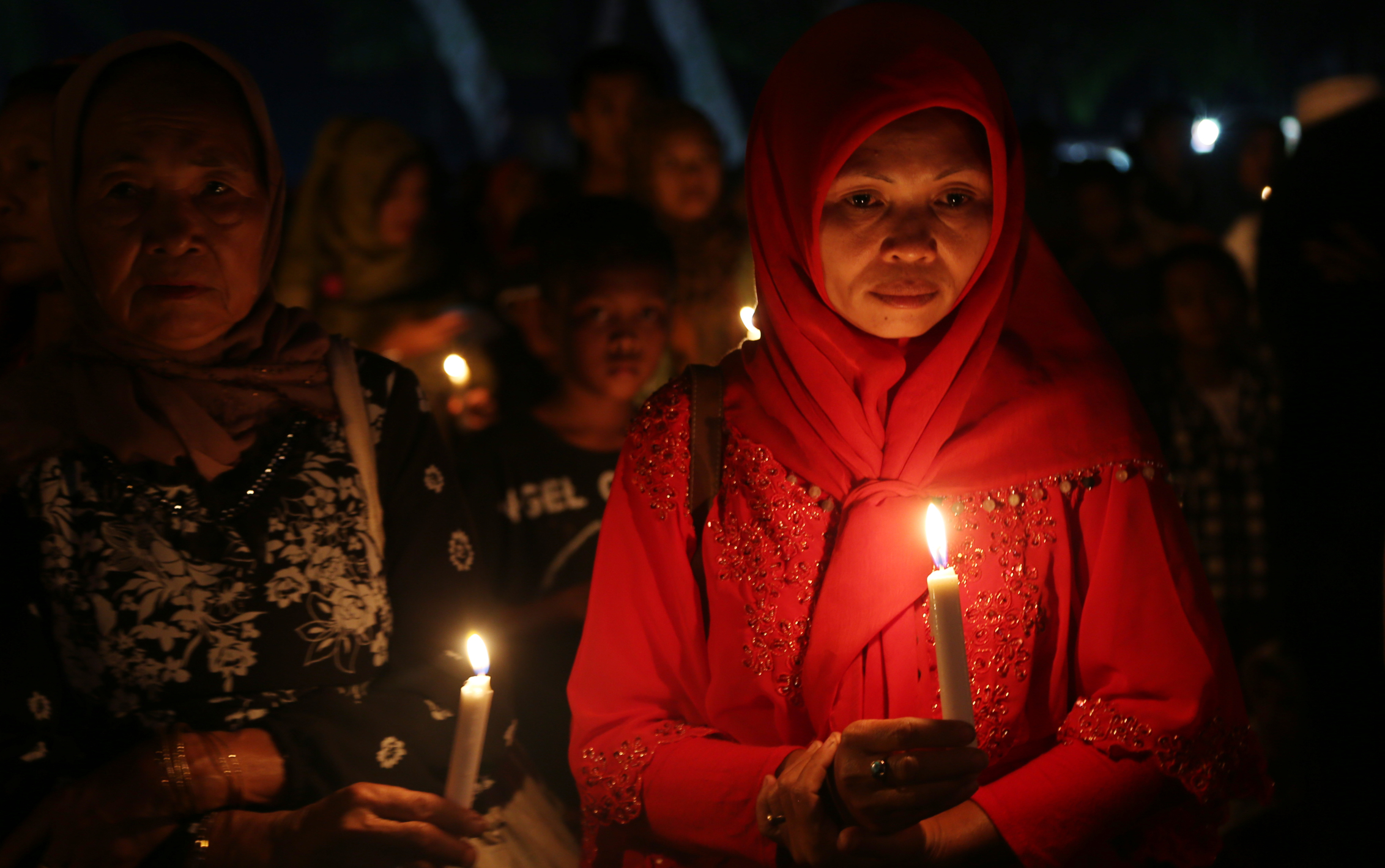Re: PAPsmearer's Air Asia flight disappearance theory
Papsmearer puts forward an interesting theory. There are uncanny similarities between this crash and Flight AF447.
I wonder if there was a build up of icing on the pitot tubes leading to incorrect air speeding readings which eventually led to a stall from which the pilots were unable to recover? But even if this was the case, how come the Captain didn't even have time to send out a MayDay call? At 34,000 ft, surely he (an experienced pilot) would have had time to correct a stall or send out a distress call?
My other question is why was it that other aircraft in the vicinity of OZ8501 managed to negotiate the same storms in the area.
My initial theory is that's a combination adverse thunderstorms, faulty pitot tubes (again) and pilot error.
Actually pilots are trained to fly the plane first in the event of a crisis. Too many pilots crashed their planes paying attention to the instruments and trying to toruble shoot the problem when instead they should have made sure at least one pilot continues to fly the plane. In this case, the pilot and co-pilot might have been too busy to send a distress signal or mayday call because the plane was giving them all they can handle.
This is an issue endemic to Airbus planes. They are controlled by a joystick on the side of the seat instead of a yoke as in the Boeing planes. With the yoke, you can see the yoke moving and the angle of it will give an indication of the attitude of the plane. This visual clue is not available to the Airbus pilots. Perhaps they noticed too late, and only realized they were in a stall when they were losing speed and altitude at the same time. Anyway, the stall warning should have come on. But maybe they were confused by it, thought they were still climbing to reach the new cruise altitude but instead was actually stalling. The issue of ice building up in the pitot tubes is a good point. But most pitot tubes are heated anyway. Its possible to turn the heating off from the cockpit, but that would be an unusual move, I would think.
At 34,000 ft, its about 3 mins to impact with the ocean. that should be enough time for the pilots to recover from a stall. We will just have to wait for the accident report. They already located the wreck so the blackboxes can't be too far away.






